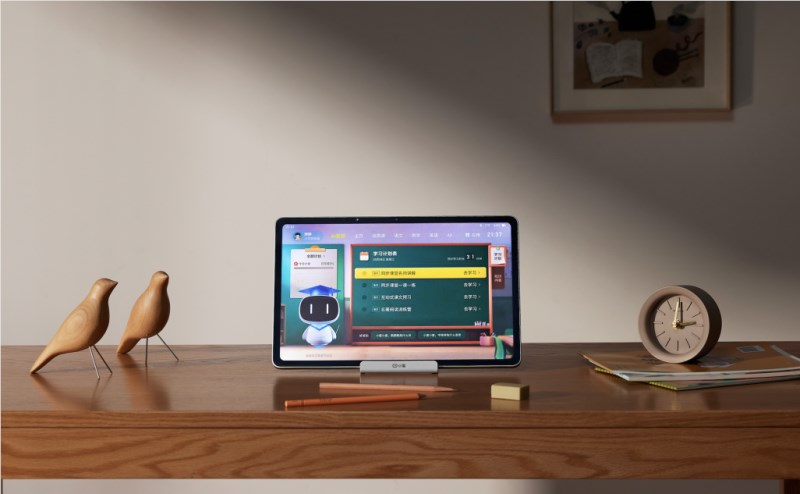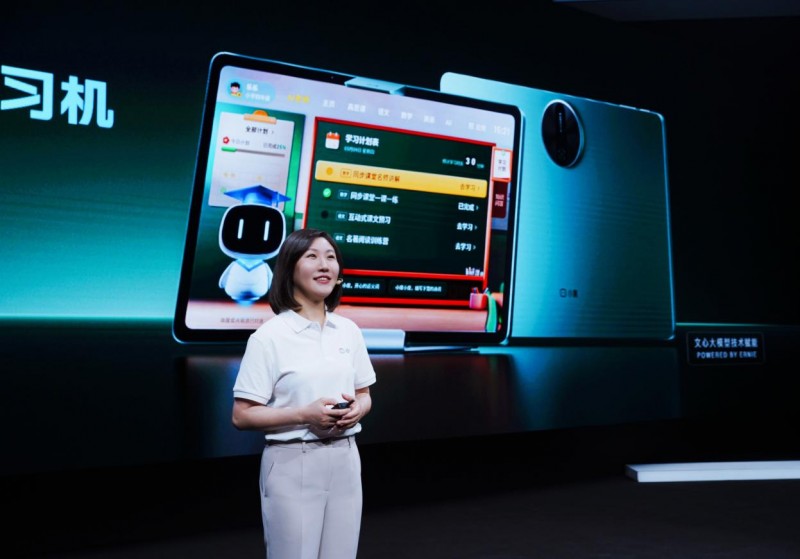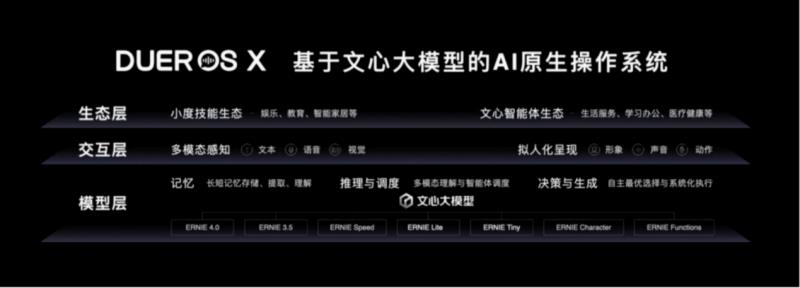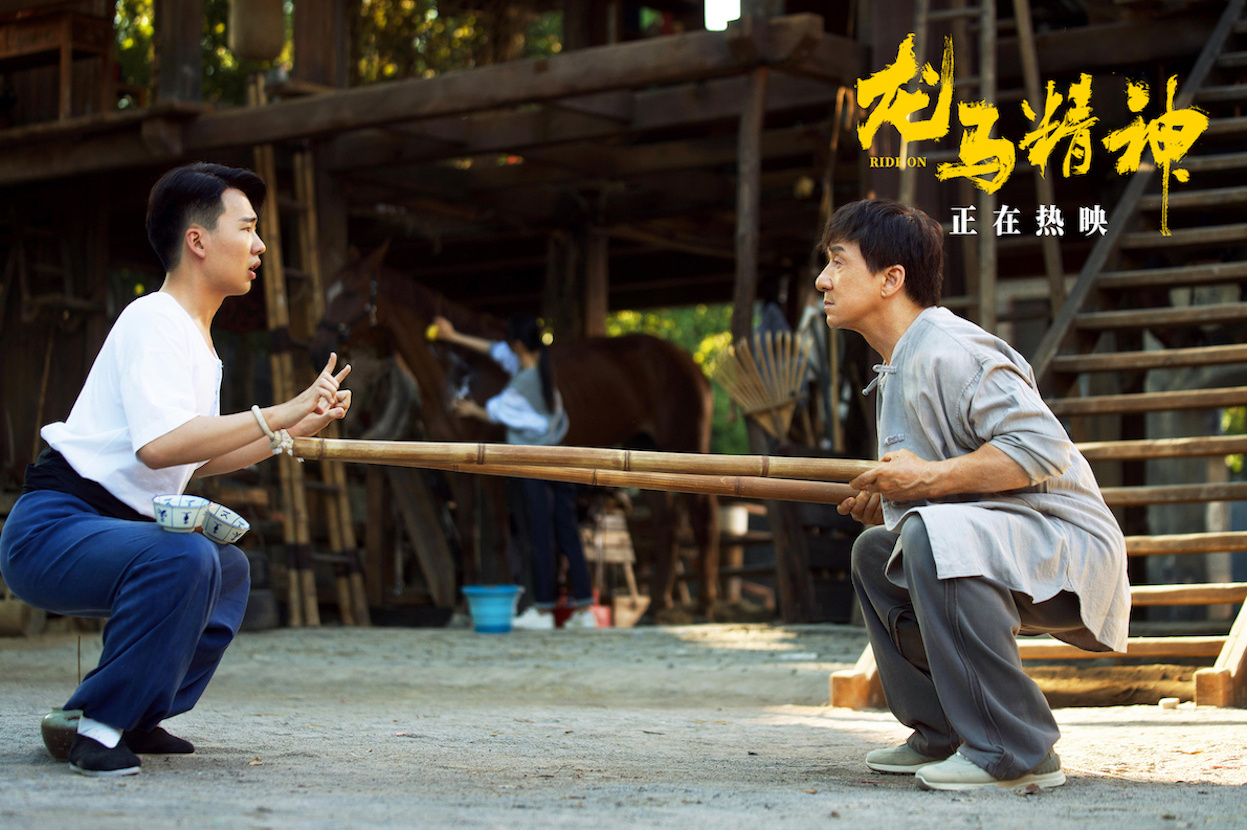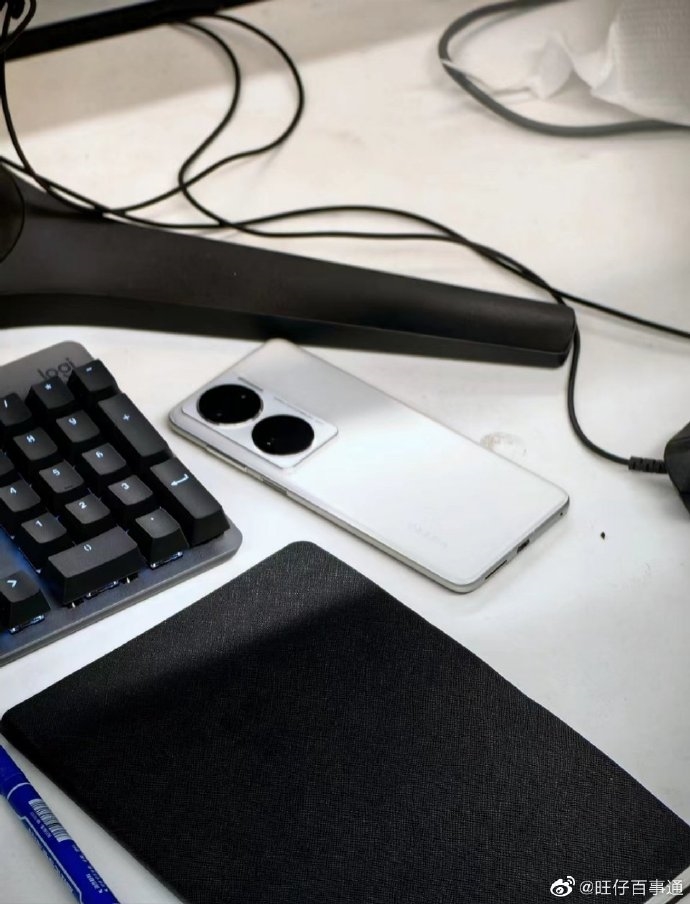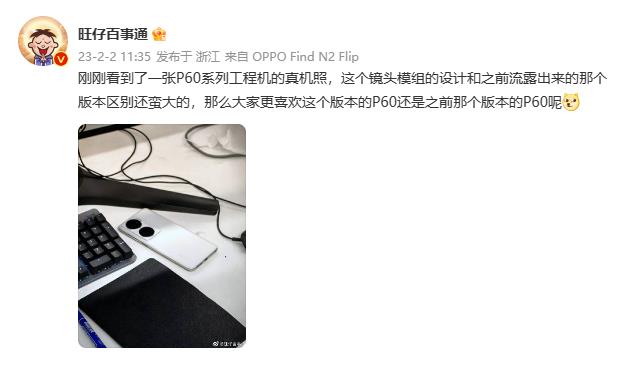On June 6, the Six Walnuts 2023 National Dealer Conference with the theme of "Marketing Upgrade · Brand Evergreen" was held in Tianjin. Many industry experts and national dealer representatives gathered together to discuss the development trends of cutting-edge industries. During the meeting, Six Walnuts released their future development strategies and marketing strategy deployment in the peak season of the Mid-Autumn Festival. With the attitude of gathering their peers, they sounded the horn of a comprehensive offensive to face the peak season of the Mid-Autumn Festival.
Experts point out that opportunities and challenges coexist. Six walnuts, as an industry-renowned 10 billion brand, continue to practice the principle of win-win for manufacturers, self-innovation and positive change. With the recovery of the market, they will be able to write a new chapter of high-quality development.
Phenomenal to sustainable redness, six walnuts achieve a century-old brand
Fan Zhaolin, general manager of Yangyuan Beverage, attended and addressed the conference. Industry experts such as Hua Shan, founder of Hua and Hua, professor Liu Chunxiong of Zhengzhou University, founder of New Marketing, and Lin Feng, chairperson of Jundu Consulting, shared cutting-edge views of the industry as guests.
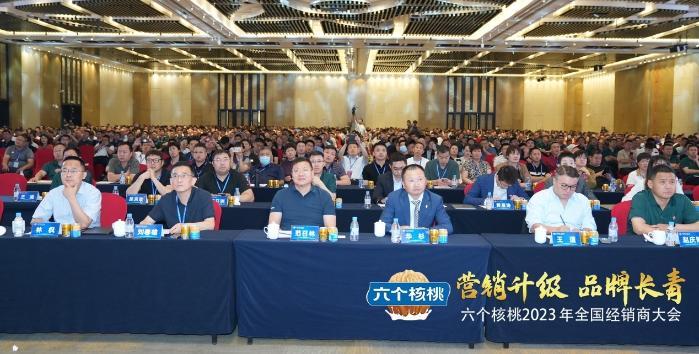
After 26 years of wind and rain, Yangyuan and distributors joined hands to turn Six Walnuts from a large single product focusing on "mass nutrition" to the "category king" of walnut brain-boosting drinks, and created a commendable sales legend in the history of Chinese beverages. At this conference, Six Walnuts officially proposed the long-term development strategy of "100-year Yangyuan". Fan Zhaolin, general manager of Yangyuan Beverage, delivered a keynote speech on "Defining the end game and achieving 100-year Yangyuan". In the future, we will redefine the end game, continue to invest, and create a super category king. Through the comprehensive upgrade of products, brands, and marketing, combined with the competitive advantages of enterprises, we will continue to increase market sales and achieve brand evergreen.
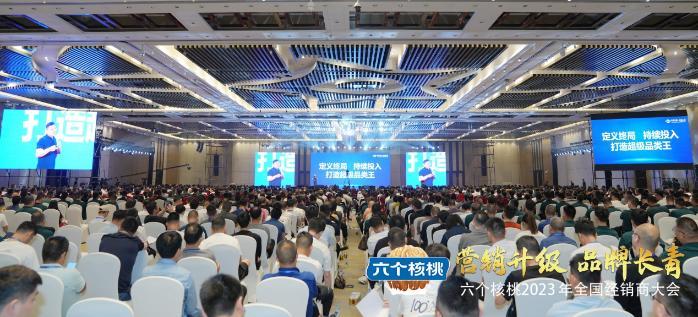
In the history of the development of the fast-moving consumer goods industry, there have been many strong brands, but it is rare to see a century-old brand. The road to a century-old brand of Six Walnuts is not achieved overnight, let alone "born by luck". Hua Shan, the founder of Hua Yu Hua, said that rooted in the cultural mother, becoming the mother and strengthening the mother can build an evergreen foundation. The cultural mother of Six Walnuts comes from the deep-rooted walnut brain-building culture. Walnut brain-building is a traditional culture that has been passed down for thousands of years. In the future, often drinking six more walnuts with the brain will have at least a thousand years of vitality.

At the conference, Hua Shan started from the culture of "walnut brain" and interpreted the underlying logic of the "six walnut culture matrix" through super sign theory. He believes that the accumulation of "thousand-year traditional culture" is the emotional resonance and cultural resonance between brands and consumers in the depths of their hearts, awakening consumers’ potential cognition and health awareness, and injecting a steady stream of driving force into the six walnut brands in the future.
There are also experts from the nutrition industry who have deep resonance with this. Zheng Yulong, a member of the Chinese Nutrition Society and a national first-level nutritionist, answered the efficacy value of walnuts in a video, confirming from both nutrition and experimental research that walnuts can not only strengthen the brain, but also regulate blood lipids, antioxidants, anti-aging and other multiple nutritional effects. For walnut milk developed from walnuts, Zheng Yulong said that it is easier to drink and is also conducive to human absorption. Zheng Yulong recommended that you take six walnuts as a daily must-drink, providing a reasonable and feasible support for six walnuts to change from "optional consumption" to "daily rigid demand consumption".
If an enterprise wants to achieve brand longevity, brand power and product power are essential. It is necessary to have a "long-term clear strategy" from the brand, as well as the "value and quality" from the product being accepted by consumers. It is necessary to continuously advance the product power and brand power to step into the new opportunities under the industry change. Only then will such an enterprise be recognized by consumers in the market competition and enter the ranks of the evergreen brand.
Adapt to the era of consumer sovereignty, upgrade channel power and resource power, and deeply empower peak season sales
The core competitiveness of an enterprise is an ecological one. In addition to brand power and product power, channel power, organizational power, and resource power are also essential. The marketing model is a combination of the three forces.
China’s consumer market has fully entered the "consumer sovereignty era" from the "channel era". In today’s era of absolute dominance of independent consumption, FMCG brands can only maximize their satisfaction with consumer demand by constantly upgrading their marketing models. Six Walnuts’ in-depth distribution model has achieved brilliant and legendary results in the FMCG market. However, in the face of market changes in consumer demand diversification and channel fragmentation, Six Walnuts has actively responded and upgraded its marketing model to the two cores of "global in-depth distribution + full chain C-end operation". It is realizing the transformation of Six Walnuts from "gift consumption" to "daily rigid demand".

In this regard, the founder of New Marketing, Professor Liu Chunxiong of Zhengzhou University, gave high praise. He said that "Six Walnuts will increase the promotion of" BC integration "on the basis of doing a good job in the" large circulation "of traditional channels, relying on the whole population product matrix of Six Walnuts, which is of epoch-making significance." He predicted that Six Walnuts can achieve in-depth communication with consumers through the traditional model + BC integration, and actively change and have the courage to break through in the next step of market competition. In the future, marketing upgrades will surely be achieved and market brilliance will be created again.
For the marketing model of "full-chain C-end operation", Lin Feng, chairperson of Beijing Jundu Consulting Company and CEO of Chain One Chain Network Technology, also made an in-depth interpretation. He said that in reconstructing the global full-chain marketing model in the era of consumer sovereignty, Yangyuan Beverage relies on six walnut 2430 series products to carry out C-end operation, launch a marketing model upgrade strategy, lay out the new era consumer market, and complete the C-end operation transition from "focusing on large circulation" to "global deep distribution". New breakthroughs will surely occur.
At the end of the conference, in order to face the Mid-Autumn Festival peak season market, Six Walnuts officially announced the "Mid-Autumn Festival Peak Season Marketing Strategy Deployment", which brought more detailed tactics to dealers in terms of marketing, channels, products, services, etc., to complete the brand’s all-round consolidation and implement the actions.
Industry experts believe that as the "industrial wind vane" of the plant protein industry, Six Walnuts deeply understand that development requires long-term approach, patience in terms of time length, strategy in terms of pattern height, and focus in terms of industry depth. The successful holding of the Six Walnuts 2023 dealer conference has allowed everyone to see its ability and confidence, original intention and persistence, which means that Six Walnuts will open a new chapter of cohesion, co-construction and sharing, and will surely usher in a better win-win situation for manufacturers in the future.
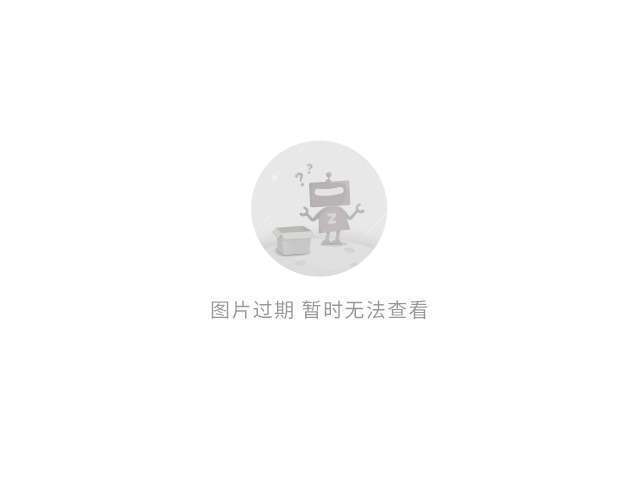 Huawei P7 adopts a non-removable battery design. Therefore, when disassembling, you need to use a hair dryer to heat the glue of the back case, and then slowly unplug it with a suction cup.
Huawei P7 adopts a non-removable battery design. Therefore, when disassembling, you need to use a hair dryer to heat the glue of the back case, and then slowly unplug it with a suction cup.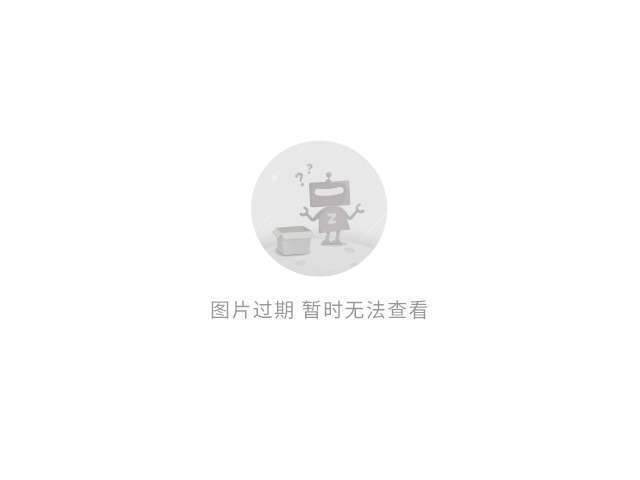 The back case of Huawei P7 is packaged with foam glue, which is very firm. It took a lot of effort to open the back case!
The back case of Huawei P7 is packaged with foam glue, which is very firm. It took a lot of effort to open the back case!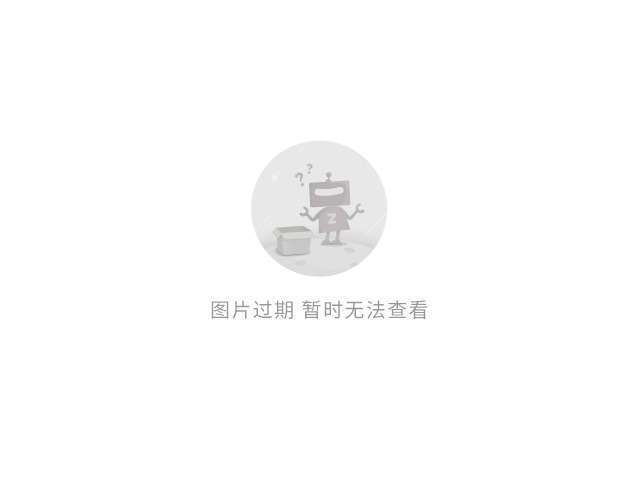 In addition to the graphite with auxiliary heat dissipation, the position of the rear case camera can also be seen to have a protective ring, which can prevent ash from entering on the one hand, and also has a certain waterproof effect. Huawei is quite meticulous.
In addition to the graphite with auxiliary heat dissipation, the position of the rear case camera can also be seen to have a protective ring, which can prevent ash from entering on the one hand, and also has a certain waterproof effect. Huawei is quite meticulous.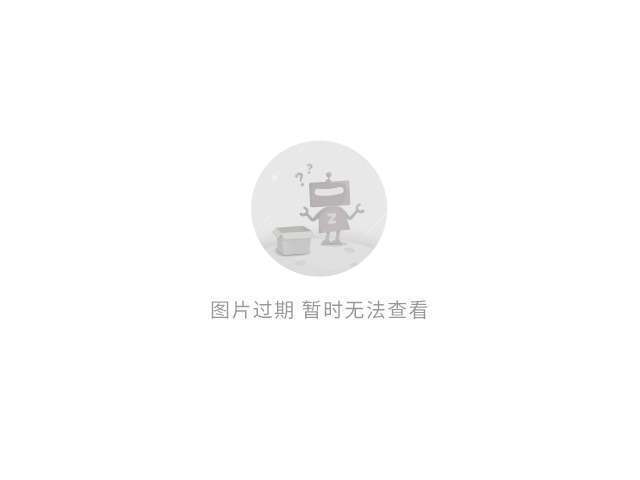 There are many shielding covers on the main board of Huawei P7, and there are many screws, which are divided into two specifications, black and white.
There are many shielding covers on the main board of Huawei P7, and there are many screws, which are divided into two specifications, black and white.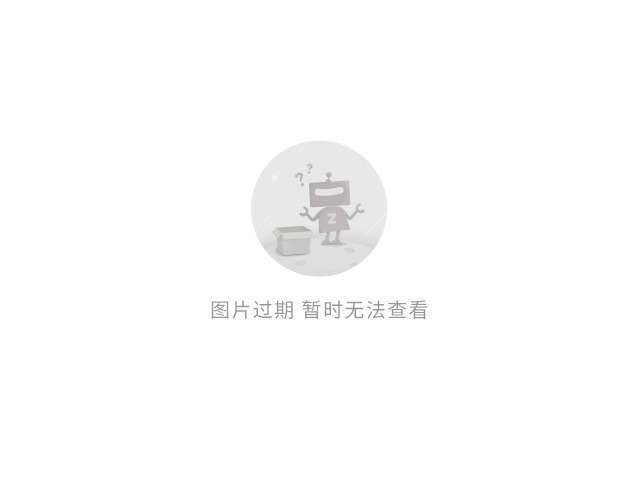 This is a silver-white screw. When screwing the screw, you can actually feel the feelings of the craftsman.
This is a silver-white screw. When screwing the screw, you can actually feel the feelings of the craftsman.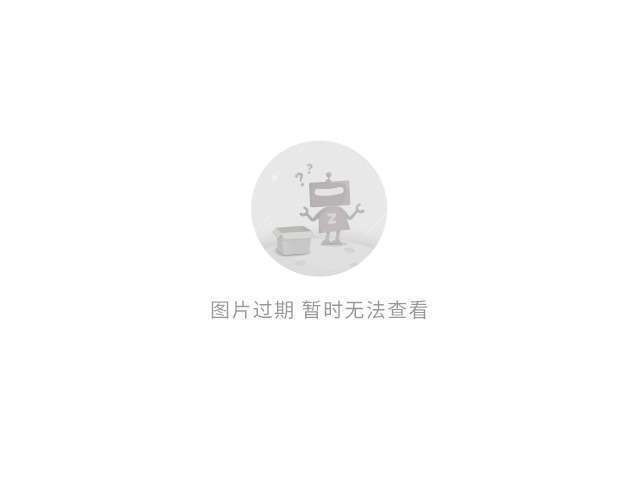 This is the cable of Huawei P7. When disassembling the main board, you need to open all these cables.
This is the cable of Huawei P7. When disassembling the main board, you need to open all these cables.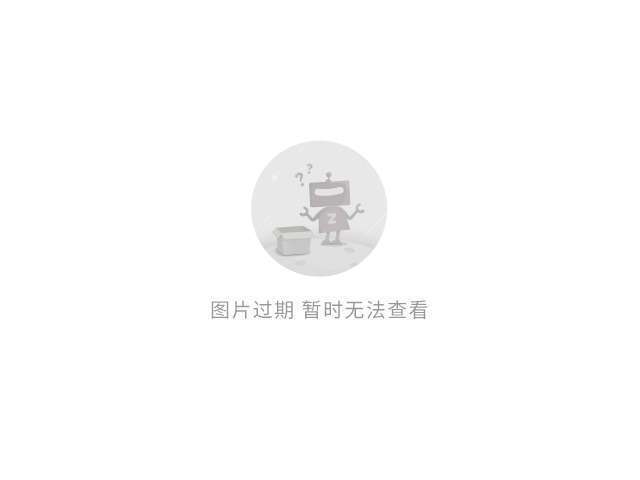 After all the screws are screwed out, the cable is opened, the main board gently pry open can be removed, the main board design and glory 6 similar, but in the details are different, can be seen later.
After all the screws are screwed out, the cable is opened, the main board gently pry open can be removed, the main board design and glory 6 similar, but in the details are different, can be seen later.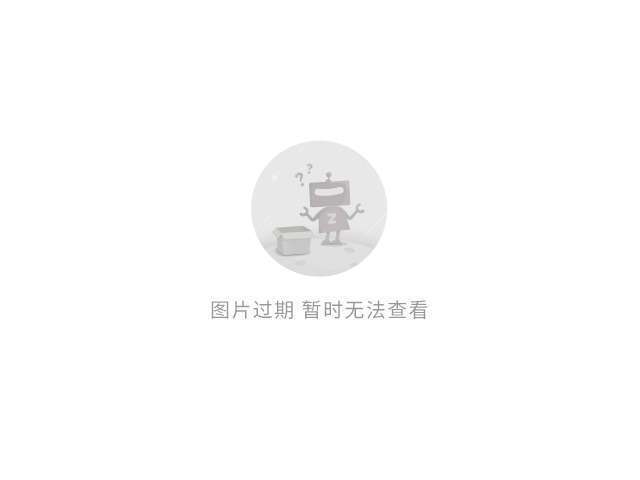 This is the earphone jack and vibration unit, and the radio frequency antenna can also be seen, so there is no need to disassemble this part.
This is the earphone jack and vibration unit, and the radio frequency antenna can also be seen, so there is no need to disassemble this part.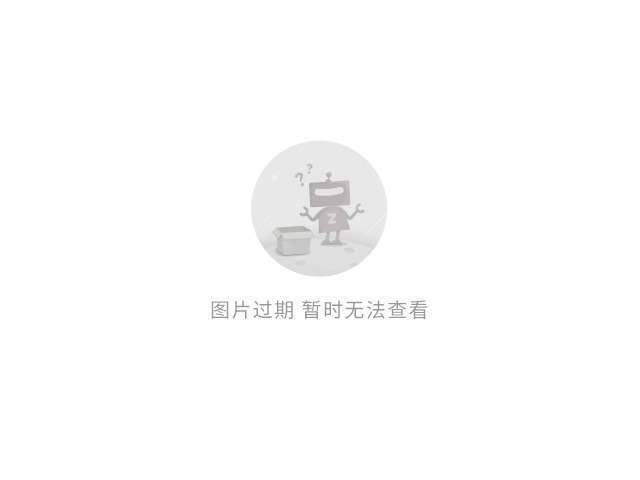 This part is the speaker of Huawei P7, and it can be seen that the workmanship of this sound cavity is quite good.
This part is the speaker of Huawei P7, and it can be seen that the workmanship of this sound cavity is quite good.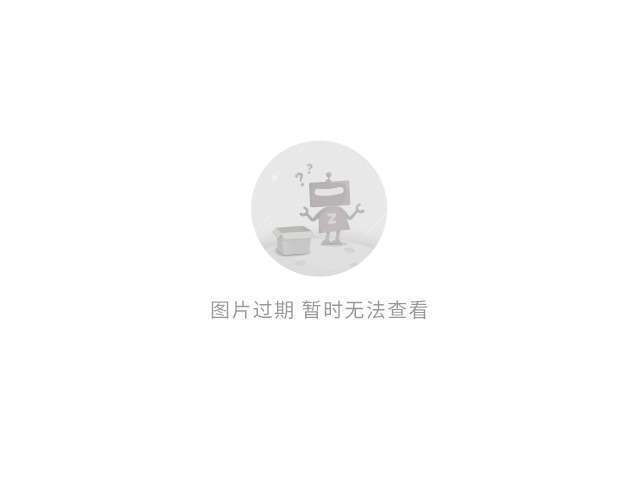 The lithium polymer battery behind the Huawei P7 has a capacity of 2530 mAh. It is glued and needs to be blown with a hot hair dryer. There is nothing to see inside, so it is not opened again.
The lithium polymer battery behind the Huawei P7 has a capacity of 2530 mAh. It is glued and needs to be blown with a hot hair dryer. There is nothing to see inside, so it is not opened again.



